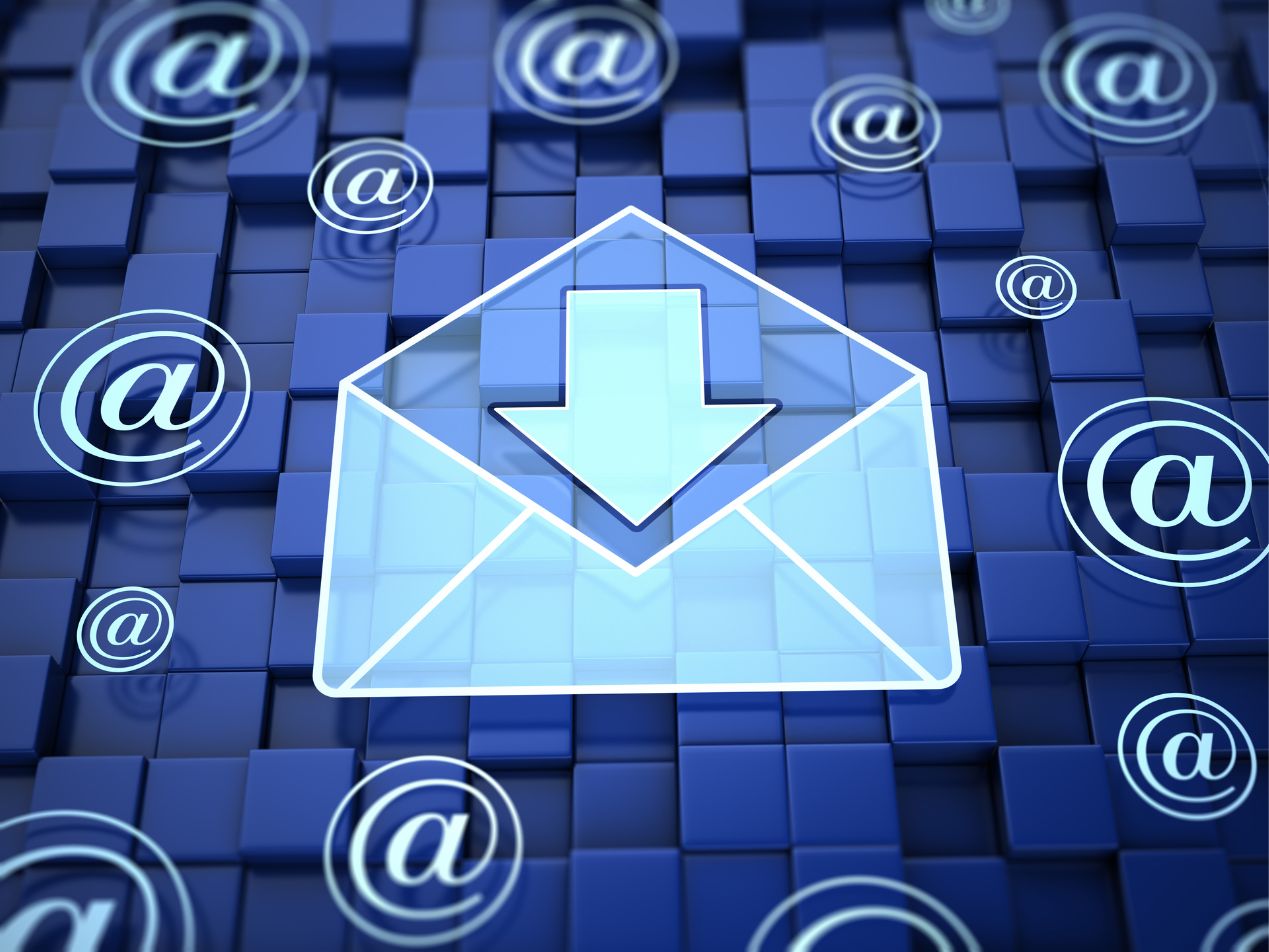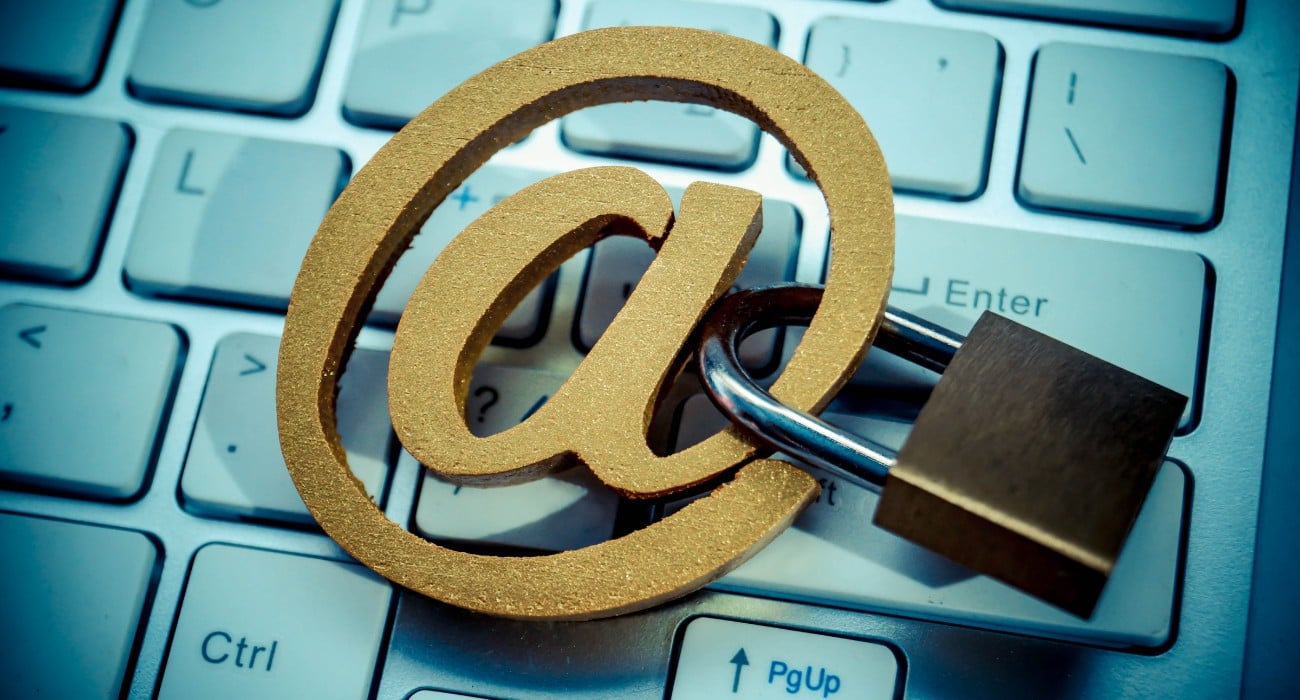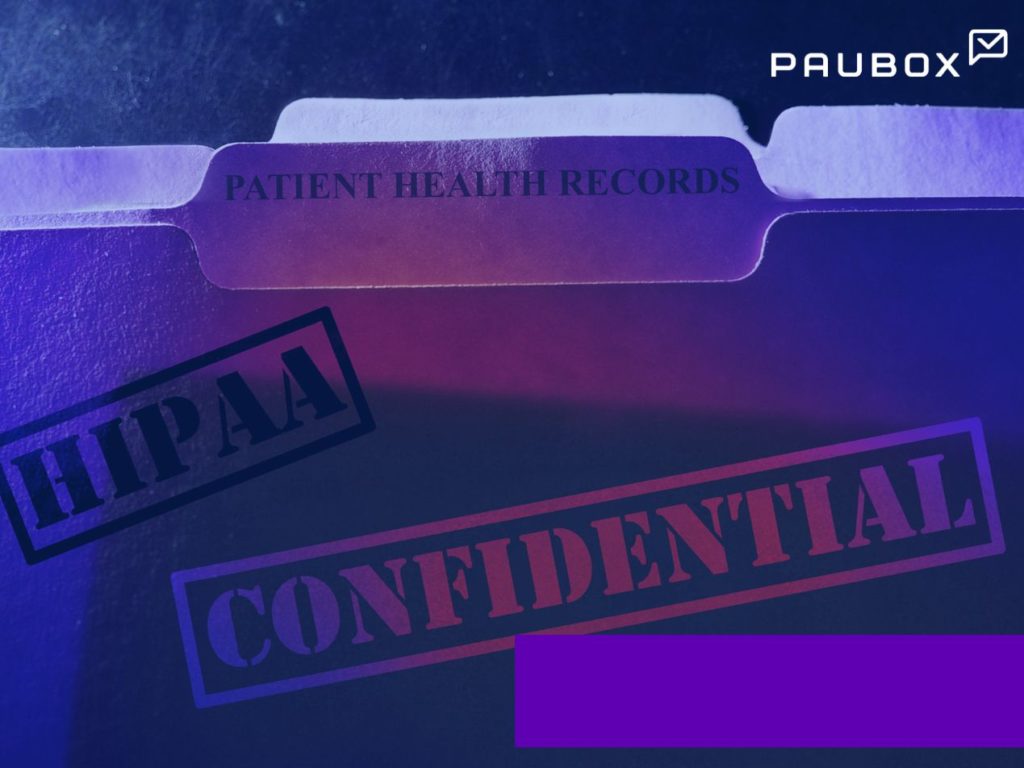
Healthcare organizations and covered entities must adhere to the Health Insurance Portability and Accountability Act (HIPAA) to protect the privacy and security of PHI. A clear understanding of the responsibilities related to incoming emails containing PHI is essential for maintaining patient trust, avoiding legal penalties, and effectively managing risk.
Recipient's responsibilities for incoming emails containing PHI in transit
While healthcare organizations and covered entities are not responsible for ensuring that incoming emails containing PHI are encrypted and HIPAA compliant while in transit, they are responsible for properly handling, storing, and managing PHI once the emails are received.
The HIPAA Security Rule requires covered entities and business associates to implement technical security measures that guard against unauthorized access to PHI when transmitted over an electronic network. However, the rule does not explicitly assign responsibility for incoming emails to the recipient.
Legal responsibility for healthcare professionals regarding incoming emails containing PHI begins when the email is accessed and read.
To protect PHI, follow these guidelines:
- Use secure email services: Employ a HIPAA compliant email service with built-in security features, such as encryption and access controls, to protect PHI in transit.
- Verify sender authenticity: Confirm the sender's identity before opening emails containing PHI. This can help prevent potential breaches from phishing attempts.
Responsibilities when replying to an email containing PHI
You are responsible for protecting PHI when replying to emails containing sensitive patient information. Ensuring the secure exchange of PHI upholds HIPAA compliance and maintains patient trust. Keep the following guidelines in mind when responding to an email containing PHI:
- Maintain encryption: Encryption is essential for safeguarding PHI in your response. If the initial email was not encrypted, consider utilizing a secure email service to protect sensitive information in your response.
- Limit PHI disclosure: To minimize the risk of unauthorized access or disclosure, only share the minimum necessary information required to fulfill the purpose of the communication.
- Verify recipient's identity and authorization: Before replying, confirm the recipient's identity and ensure they have the appropriate permission to access the PHI.
- Document communication: Keep a record of email exchanges containing PHI as part of your organization's HIPAA-compliant documentation process. This ensures proper tracking and provides an audit trail in case of potential breaches or inquiries.
Related: Understanding medical record retention requirements by state
Recipient's responsibilities for handling, storing, and managing PHI
As a covered entity, properly managing received emails containing PHI is essential. Implement the following measures:
- Access controls: Restrict PHI access to authorized personnel. To prevent unauthorized access, use strong authentication methods, such as two-factor authentication.
- Secure storage: Store emails containing PHI in a secure location, such as encrypted archives or a dedicated, encrypted folder within your email system.
- Regular audits: Conduct periodic audits to ensure compliance with HIPAA regulations and identify potential vulnerabilities.
- Staff training: Provide ongoing training to employees on HIPAA compliance, email security, and PHI handling best practices.
Best practices
To maintain HIPAA compliance and protect PHI in email communications, follow these best practices:
- Implement email encryption and secure email services, like Paubox Email Suite, to protect PHI in transit.
- Verify the sender's identity before accessing emails containing PHI.
- Limit PHI disclosure in email replies and maintain encryption.
- Establish access controls, secure storage, and regular audits to manage received PHI.
- Invest in staff training to ensure understanding and adherence to HIPAA regulations.
To maintain HIPAA compliance, healthcare organizations, and covered entities must understand their responsibilities for incoming emails containing PHI. Organizations can effectively protect sensitive patient information and minimize risk by implementing best practices, staying informed about legal and regulatory requirements, and engaging with relevant resources.
Subscribe to Paubox Weekly
Every Friday we'll bring you the most important news from Paubox. Our aim is to make you smarter, faster.

 Dean Levitt
Dean Levitt



